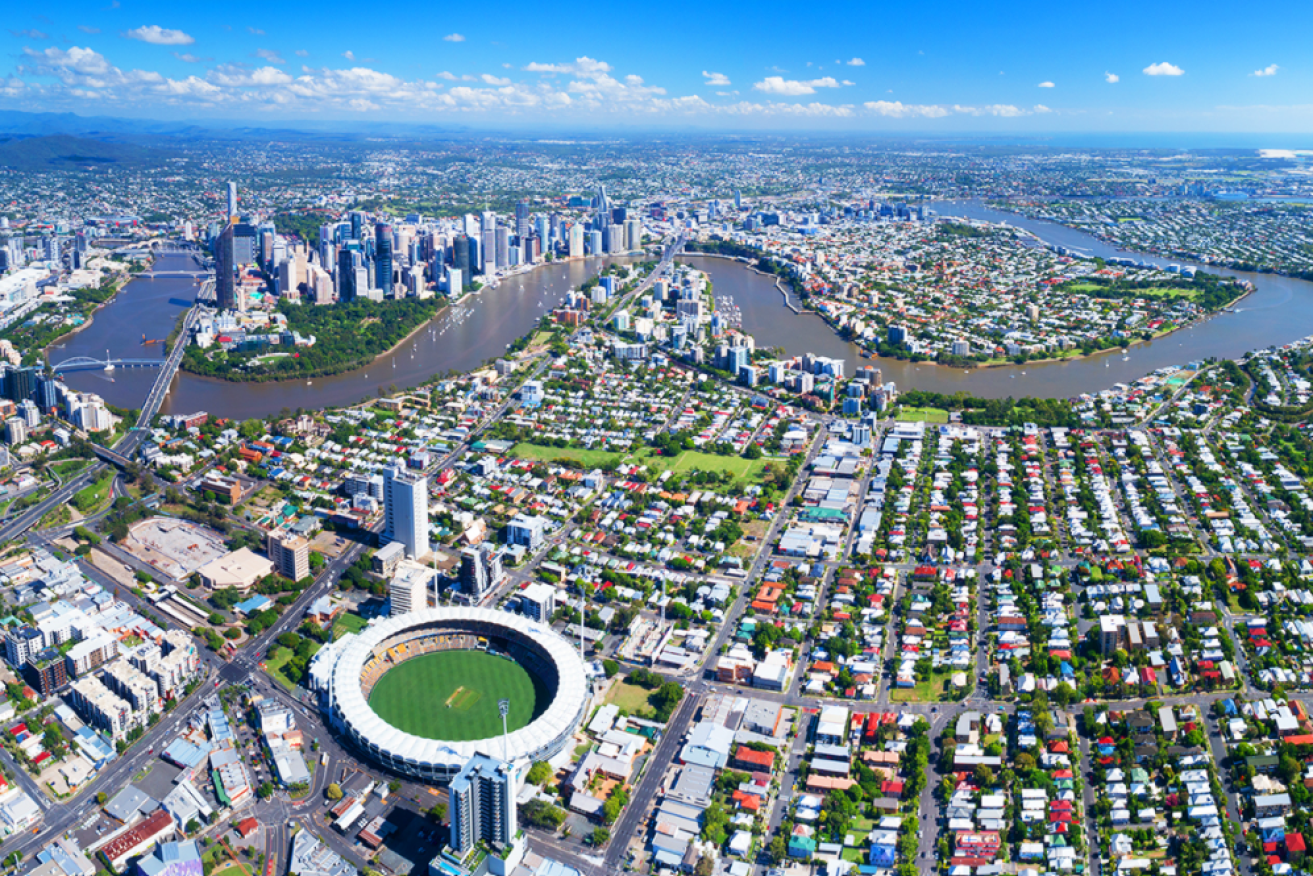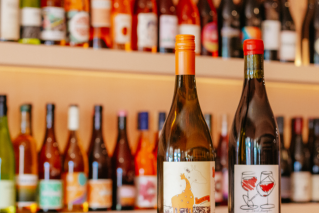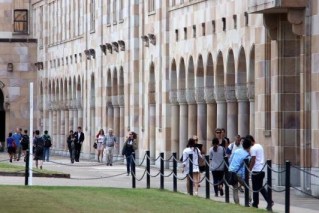Noosa skips ahead, ‘insatiable demand’ pushes Brisbane closer to million-dollar club
Brisbane’s median house price has rocketed to $900,000, but Noosa has taken the top of the ladder with a price of $1.3 million, according to data from the Real Estate Institute of Queensland.


Brisbane's median house price has rocketed to $900,000
The September quarter figures showed what the REIQ termed as “insatiable” demand.
Brisbane’s median house price grew 4.7 per cent over the quarter to a new high of $900,000, representing a 15.5 per cent in growth compared to 12 months prior. In March, the city’s median price was $725,000.
The REIQ said Greater Brisbane affordability still existed for those who wanted to live on the capital city outskirts where there was a 2.8 per cent quarterly increase to $640,000.
Noosa’s quarterly growth jumped 13 per cent, which was down from the 19.8 per cent in the June 2021 quarter. This was followed by Ipswich (8.7 per cent), Redland and Fraser Coast (both at 6.5 per cent), and Bundaberg (6.4 per cent) to round out the top five growth performers.
The Sunshine Coast median price was just behind Brisbane at $825,000. The Gold Coast median was $810,000.
“Across Queensland, median house prices climbed 1.8 per cent over the quarter, with Greater Brisbane and Local Government Areas with tourism hotspots proving to be increasingly appealing, while growth in some regional LGAs has been rising, but volatile over the past 12 months,” REIQ said.
Houses were snapped up in Brisbane, which achieved the highest number of house sales over the quarter (3912), followed by the Gold Coast (2419), Moreton Bay (1945), Sunshine Coast Statistical Division (1510), Logan (1413) and Ipswich (1366). The REIQ said this showed lifestyle and city fringe locations were popular.
Some regional centres took a step backwards including Rockhampton (-3.2 per cent), Gladstone (-5.6 per cent), and Townsville (-0.1 per cent). Meanwhile, Mackay remained static. However, these LGAs posted respectable growth over 12 months, with Gladstone the stand-out at a massive 15.7 per cent – its fall this quarter perhaps reflecting a correction after three strong previous quarters of growth.
Across Queensland, median unit prices rose 3.5 per cent over the quarter. Double-digit growth was seen in Mackay (17.4 per cent), after swings down and up in prior quarters, Sunshine Coast (12.1 per cent), while Cairns (9.1 per cent), Logan (8.7 per cent), and the Gold Coast (6.3 per cent) all performed well too. Greater Brisbane experienced moderate median unit price growth at 1.8 per cent to reach $420,000.
Coastal areas fetched the highest unit prices with Noosa ($850,000), Sunshine Coast ($560,000) and Gold Coast ($510,000) at the top of the charts.
REIQ chief executive Antonia Mercorella said the “phenomenal” property price growth being experienced in Queensland was a result of a number of factors driving insatiable demand from buyers.
“Queensland hasn’t experienced this sustained level of demand and accelerated growth before, but after years of modest growth, prices here are playing catch up,” Mercorella said.
“Even as our median prices rise, our state is still demonstrating greater bang-for-buck, with investors looking to make their real estate dollar go further, and southerners making the move keen to lap up our State’s incredible liveability factor.
“It’s not surprising that Queensland property is still extremely attractive, given our state’s enviable lifestyle coupled with a sense of safety and relative freedoms during the pandemic, and of course our comparatively great affordability compared to our southern city counterparts.
“Low levels of stock, record low interest rates, high levels of consumer confidence and household savings, more flexible remote workplace arrangements than ever, and the fear of missing out, are all additional factors spurring on the rapid property price growth and are fundamental ingredients for a strong market as we head towards 2022.
“While predicting what’s next is simply crystal ball gazing, the market is still going strong with 12-month growth averages indicating markets are rising right across the board. With interstate borders reopening and international border opening to come, chances are we could see a flurry of activity and an uptick in demand well into the new year.”












